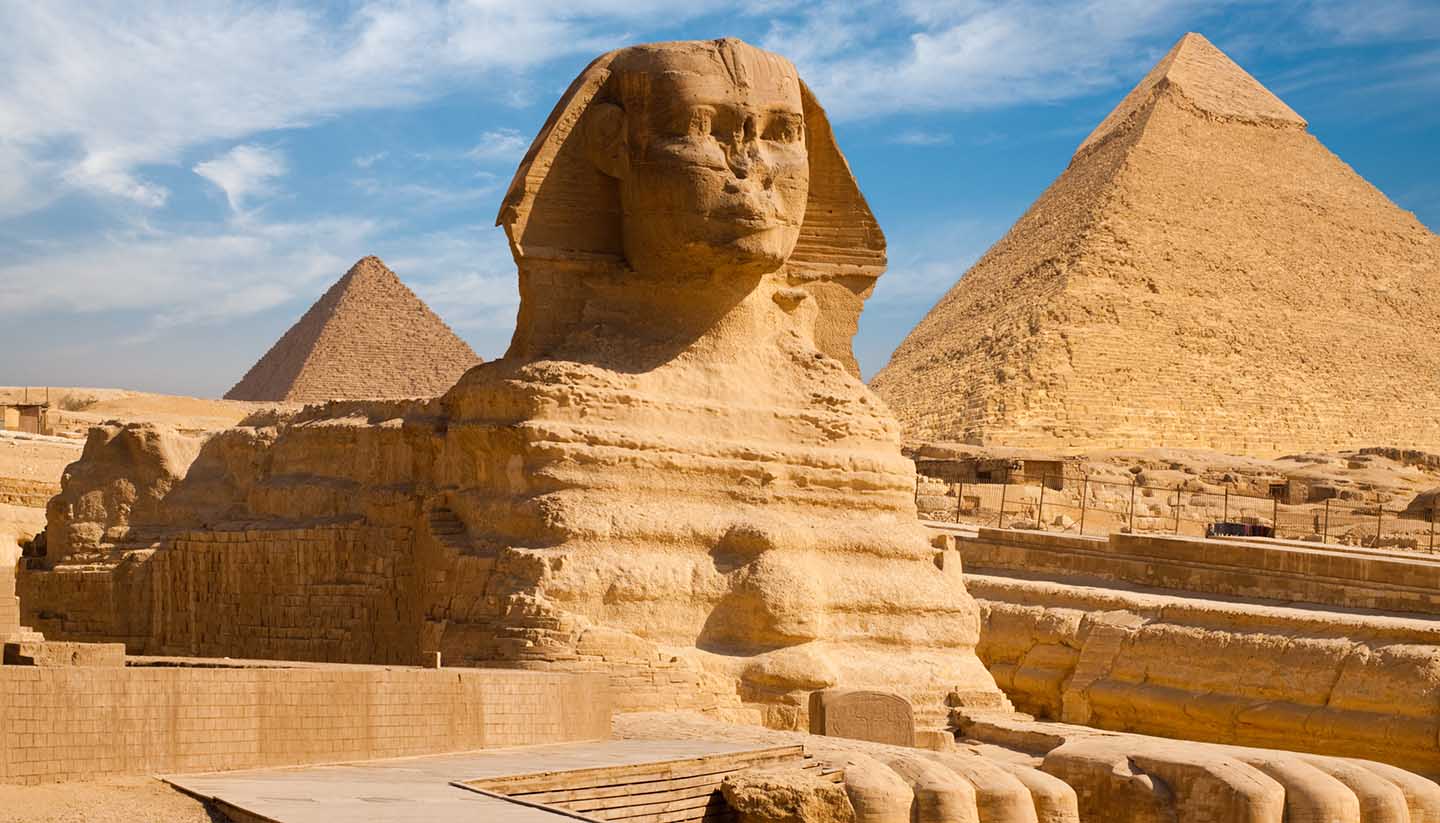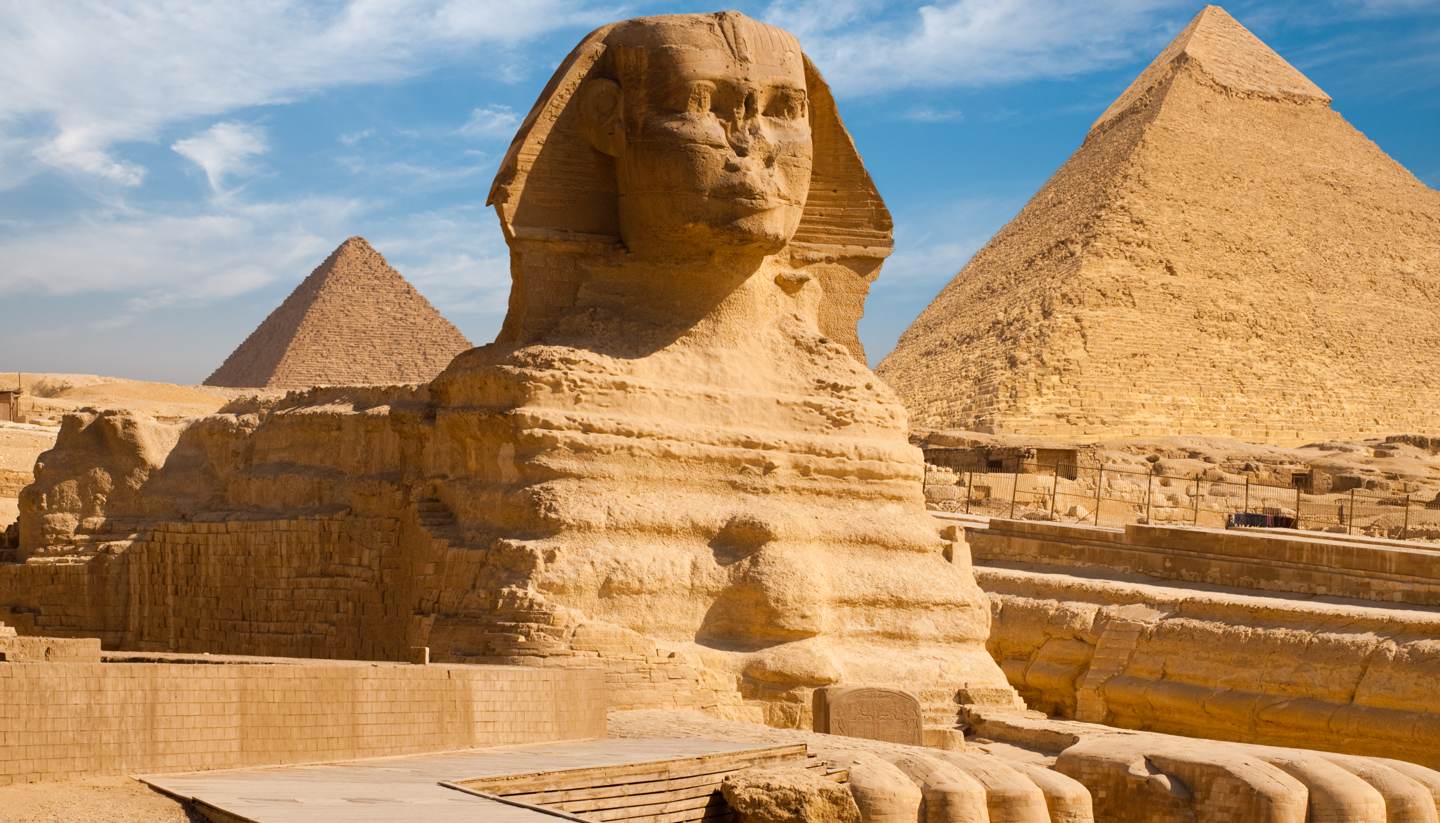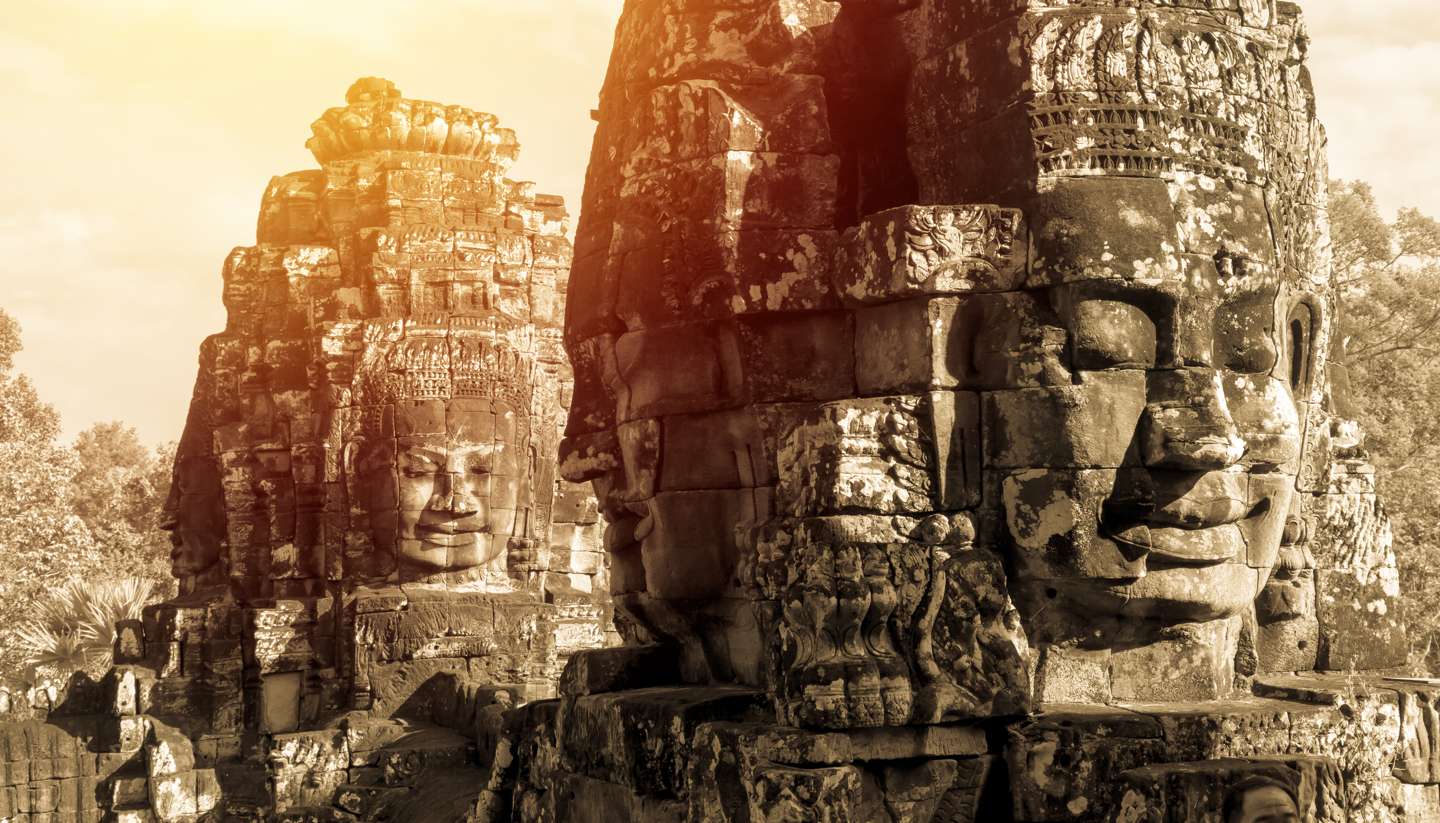Getting Around Egypt
Air
The safest, and quickest, way to get around Egypt is by air, especially as travel by road can be hazardous. EgyptAir (www.egyptair.com) operates daily flights between the international airports at Cairo, Alexandria, Luxor, Aswan, Sharm El Sheikh, Assiut, Mersa Matrouh, Sohag and Hurghada, with flight times scheduled for convenient morning and evening departures. Flight times are short; between Cairo and Luxor, for example, the flight is just 45 minutes. It is advisable to book well ahead of your trip.
Road
The road network in Egypt serves the Nile Delta to Sinai and Cairo, and then follows a course along the banks of the Nile to Abu Simbel via Luxor and Aswan. Desert roads link the oases of the Western Desert and the Red Sea resorts via the Eastern Desert.
Side of the road
RightRoad Quality
There are motorways in and around Cairo but the standard of driving is notoriously chaotic. Motorways are generally in good condition. Roads along the Mediterranean and African Red Sea coasts, and the route looping through the Western Desert oases from Asyut to Giza are fully paved. Private motoring in the desert regions is not recommended without suitable vehicles and a guide.
Car Hire
Car hire is available through international and local car hire companies. The driver must be at least 25 years of age.
Taxi
Taxis are available in all the larger cities and are metered. In Cairo, taxis are white and black, in Alexandria they are orange and black. Long-distance group taxis for all destinations are relatively cheap. It’s important to agree fares in advance. Be prepared to haggle if necessary.
Bike
You would have to have a death wish to cycle in Cairo. That said, in Luxor it’s a pleasant way to get around town, and there are many places for bicycle hire especially on the west bank.
Coach
Long-distance buses and coaches connect the country’s major towns and can be fast and inexpensive. Tickets can be booked for all routes at the Cairo Gateway bus terminal. The East Delta Bus company serves the Sinai Peninsula. It is affiliated to the West Delta Company (www.westmidbus-eg.com) which covers the Western Desert, and the Upper Egypt Company (www.bus.com.eg) which runs services around the delta to Cairo, the Nile Valley and the Red Sea coastal region.
Regulations
The speed limit is usually 90kph (56mph) on motorways and 100kph (62mph) on the desert motorway from Cairo to Alexandria. Seatbelts must be worn when travelling. All vehicles (including motorcycles) are required by law to carry a fire extinguisher and a red hazard triangle.
Breakdown services
Major car hire companies like Hertz, Avis and Budget, which have offices in the airports, offer breakdown services.
Documentation
Third-party insurance is compulsory and should be included in your car hire agreement. An International Driving Permit is required to drive any motor vehicle. A carnet de Passage or a suitable deposit is necessary for the temporary import of your own vehicle.
Road note
Desert roads get covered by sand in high winds, which can be disorientating and dangerous. Petrol stations are few. Be aware that you may be stopped for police checks and requested to travel in an escorted convoy in areas of unrest.
Urban travel
The government-owned Cairo Transport Authority runs buses and tram services in Cairo and also operates cross-Nile ferries. There is a central area flat fare. In addition, there are other buses and fixed-route shared taxi and minibus services run by private operators. Vehicles normally wait at city terminals to obtain a full load, but there are frequent departures. Fares are three to four times higher than on the buses with the advantage of a little more comfort. The easiest way to get around Cairo is using the modern Metro.
Alexandria has buses and tramways, with first- and second-class and distance-regulated fares. The trundling tram, although quaint, can be very slow to travel through the city.
Luxor has minibuses with fixed routes. A more picturesque way to travel around the city is in a caleche (horse-drawn cart). Aswan and Luxor also have passenger boats criss-crossing the Nile.
Rail
A comprehensive rail network run by Egyptian National Railways (tel: +20 2 2574 8279; https://enr.gov.eg) offers a high standard of service, with a range of fast and slow services. Routes operate from Salloum on the Libyan border to Alexandria and Cairo, and south down the Nile from Cairo to Luxor and Aswan. There are also links to Port Said and Suez and frequent trains between Cairo and Alexandria. Reduced fares are available for children.
To serve the Nile Valley tourist trade, several luxury air-conditioned day and night trains with sleeping and restaurant cars run from Cairo to Luxor and Aswan. For the overnight train, make bookings through a travel agent, or through Ernst (www.wataniasleepingtrains.com).
RailNote
Book sleeper trains well in advance.
Water
There are slow and fast ferry services linking Hurghada with Sharm el-Sheikh in Sinai (journey times - 1 hour 30 minutes (fast ferry) or 6 hours (slow ferry)). The traditional Nile sailing boats, feluccas, can be hired by the hour for relaxed sailing on the Nile. Regular Nile cruises operate between Luxor and Aswan, and sometimes between Cairo and Aswan.
Water note
Vessels’ safety standards are often poor.




